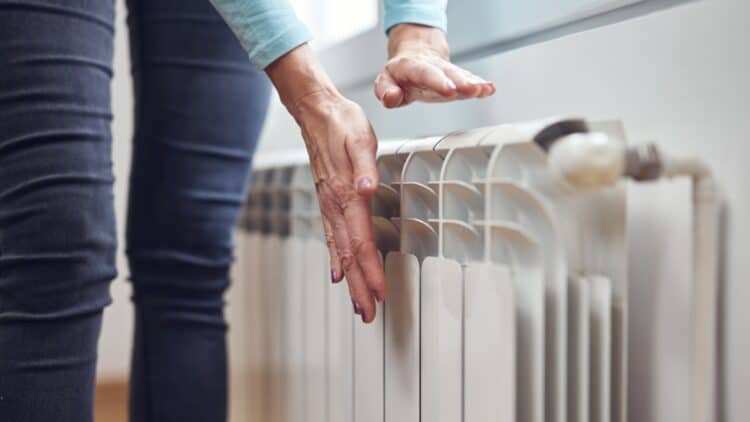We are still recovering from the electricity bill caused by air conditioning in the summer when winter arrives and with it the electricity bill for the radiator. Not only that, but you turn up the thermostat a couple of degrees, and it still feels cold in certain areas of the house. The solution—thank God—is not to turn it up to infinity and roast in the living room while shivering in the bedroom. Instead, there are radiator maintenance tricks to make the heat distribute more evenly (and above all, efficiently) throughout the house.
To keep the gas boiler and radiators in our house running smoothly, we don’t need the latest technological gadgets, but rather a three-step maintenance routine that we can do ourselves without having to hire a technician. Not only will we achieve more uniform and comfortable heat throughout the house, but we will also be able to significantly reduce our energy consumption (and therefore the hefty bill we’ll get at the end of the month).
The three enemies of our radiator
Radiators heat the house mainly by convection: cold air from the room enters the bottom of the radiator, is heated as it passes through the fins and internal tubes, and rises, now warm, to circulate throughout the room. Although it may seem obvious, anything that interferes with this flow drastically reduces the efficiency of the appliance.
This is why we can identify three clear enemies in our goal of heating the air in the room efficiently… Accumulated dust, which acts as an insulator; air trapped inside the system, which makes it less efficient; and the most wasteful of all, the physical obstruction of hot air.
Remove dust
Although a layer of dust may seem harmless, it reduces the metal’s ability to radiate heat. This can be easily remedied with external cleaning. To do this, you can use a damp cloth and mild soap. If you find grease or stubborn stains, use a mixture of warm water and a tablespoon of baking soda. For the internal fins, which are more difficult to clean by hand, cleaning experts recommend placing a damp towel on the floor to catch the dust, then using a traditional hair dryer on a cool setting to blow the dust from top to bottom. A vacuum cleaner with a fine nozzle can also be used to suck up the dust.
If we clean the radiators in this way before turning them on for the first time in the season, we will avoid the unpleasant smell of burnt dust that we often experience with radiators that are not clean. Once you have finished, the vacuum cleaner will work more quickly, allowing the boiler to turn off sooner, which will result in significant energy savings.
For traditional maintenance, we recommend wiping the radiator with a damp cloth or microfiber cloth once every two weeks to ensure that dust does not accumulate.
Purging the internal air
Air bubbles trapped at the top of the radiator form cold pockets. To get rid of them, you don’t need to call a technician, you just need a wrench. First, turn off the heating system completely, as it can be dangerous to handle them while they are hot. Place a towel or small container under the bleed ball located in the upper corner. Insert the wrench and slowly turn it 1/4 turn counterclockwise. You should hear a characteristic hissing sound as the air escapes. You’ll know that all the air has been released when the hissing stops and a steady stream of water begins to flow.
That’s when you need to close the valve immediately. If your house has several radiators, always start with the radiator furthest from the boiler and work your way towards the nearest one to avoid creating bubbles.
Move furniture and curtains away
We know that placing a shelf just above the radiator and adding some embossed curtains looks very nice and is worthy of a Pinterest photo. After all, who doesn’t like a beautifully decorated shelf next to a window? Nobody likes looking at a radiator, but the truth is that it makes our lives much more comfortable if we leave them completely unobstructed and with nothing around them. We may like interior design, but we like being warm in winter even more.
As we’ve said before, heating works by convection, so it’s essential that we let cold air in from below, heat it up, and let it rise above the radiator. That’s why maintenance technicians strictly forbid you from placing furniture in front of or on top of radiators in a room. If, for example, we place a sofa directly in front of a radiator, or hang heavy curtains on top of it, we are creating a pocket of stagnant heat between the object and the wall. Not only does this block the thermostat, but it will also end up increasing our electricity bill without actually heating us up.

